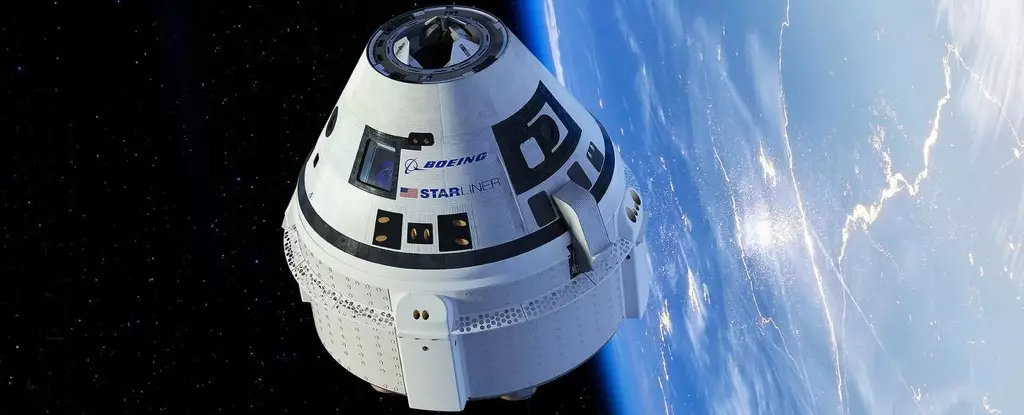Looking at Boeing’s recent uncrewed return of the Starliner space capsule, it’s hard to ignore the stark differences between Boeing and SpaceX in the competitive space race. When the Commercial Crew Program started, Boeing seemed like the more likely contender due to its extensive aerospace experience. However, SpaceX quickly gained ground with its Falcon 9 rocket and Dragon cargo ship. While Boeing faced setbacks, SpaceX proved to be a reliable mode of transportation to the International Space Station.
Boeing’s reputation in the space industry is likely to take a hit following the less-than-ideal outcome of the Starliner test flight. With SpaceX already establishing itself as a reliable option for crewed missions, Boeing will need to work harder to regain trust and credibility in the field. The competition between the two companies is fierce, and Boeing will have to demonstrate innovative solutions to stay in the game.
Test flights, like the one for the Starliner, are inherently unpredictable. It’s impossible to anticipate every potential problem during ground testing, especially when dealing with the complexities of space travel. In the unforgiving environment of space, even the smallest issues can escalate into catastrophic failures. Both SpaceX and Boeing have had their share of challenges, underscoring the risks and difficulties associated with human spaceflight.
NASA’s embrace of commercial partnerships marks a significant shift in its approach to space exploration. By entrusting companies like Boeing and SpaceX to develop crewed vehicles, NASA is fostering innovation and competition in the industry. The agency’s collaboration with private entities reflects a strategic move to advance its mission and push the boundaries of space exploration.
The extended stay of astronauts Butch Wilmore and Suni Williams on the International Space Station highlights the human factor in space missions. While the astronauts are seasoned professionals with extensive experience, their prolonged time in space presents challenges for both them and their families. NASA’s logistical adjustments to accommodate the additional crew members demonstrate the complexities of supporting human spaceflight.
Despite the challenges and setbacks, the future of human spaceflight looks promising. With multiple spacecraft programs underway, including SpaceX’s Crew Dragon, Boeing’s Starliner, and NASA’s Orion spacecraft, there are exciting opportunities on the horizon. As technology continues to evolve and new frontiers are explored, the dream of human footprints on Mars feels closer than ever before.
Boeing’s uncrewed return of the Starliner serves as a reminder of the complexities and risks associated with human spaceflight. While setbacks are inevitable in the pursuit of space exploration, they also present opportunities for growth and innovation. As NASA and its partners continue to push the boundaries of space travel, the possibilities for the future of human spaceflight are endless.


Leave a Reply